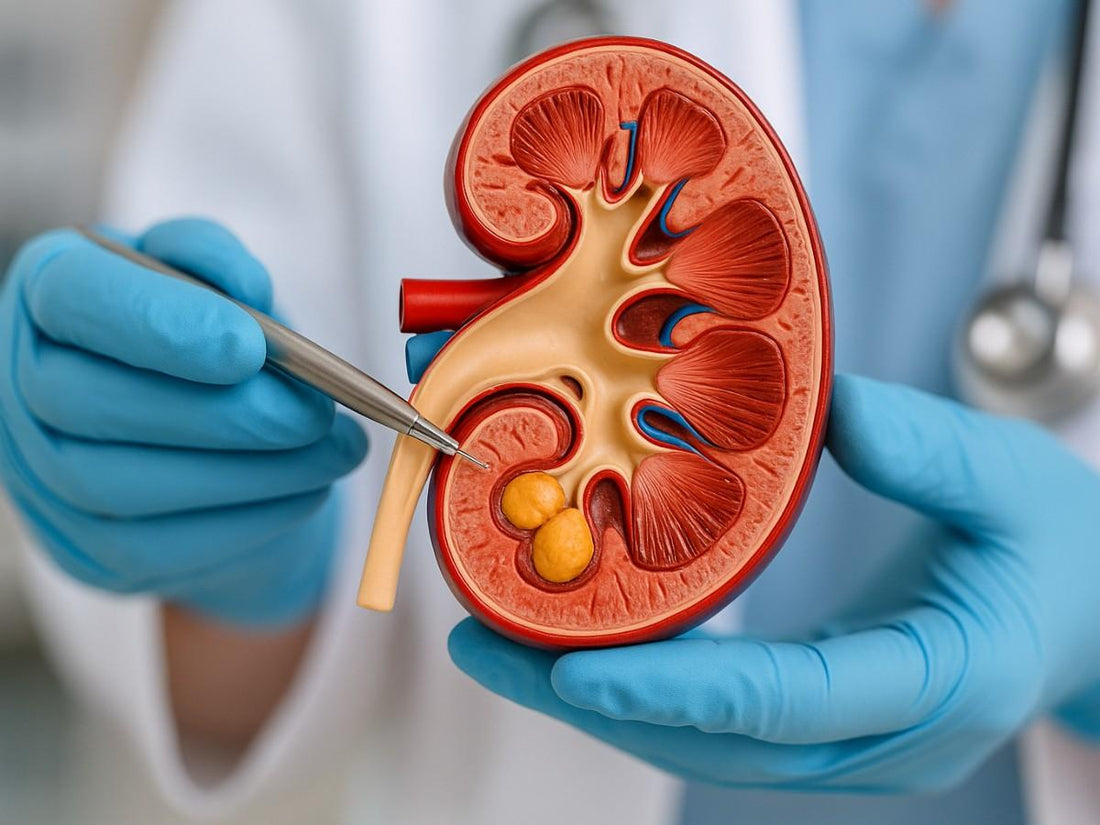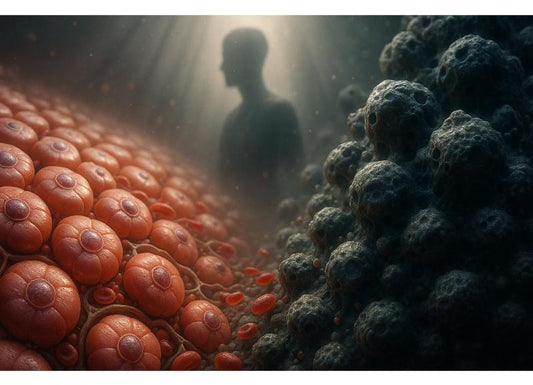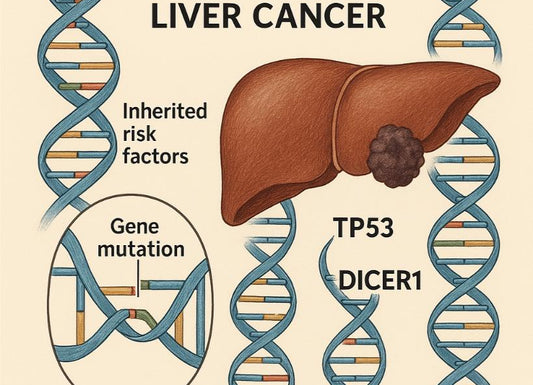Understanding Renal Parenchymal Disease
 Written By
Blen Shumiye, MD
Written By
Blen Shumiye, MD

If you’ve recently been told you have renal parenchymal disease, it’s natural to feel concerned. This term refers to a group of conditions that affect the main functioning parts of your kidneys, the parenchyma which includes the filtering units (nephrons) and surrounding tissue.
Your kidneys play an essential role in filtering waste, balancing electrolytes, and maintaining blood pressure. When the parenchyma is damaged, these processes can slow down or become less efficient, leading to symptoms that may require medical attention.
This article explains what renal parenchymal disease means, its causes, symptoms, and management options.
What Is Renal Parenchymal Disease?

Renal parenchymal disease is a broad term describing any disorder that affects the functional tissue of the kidneys. It’s not a single disease but a category that includes many kidney conditions.
The parenchyma contains millions of nephrons that filter blood and produce urine. When these structures become inflamed, scarred, or damaged, your kidneys cannot filter waste effectively. Over time, this can lead to chronic kidney disease (CKD).
Common Causes
Several factors can cause or contribute to renal parenchymal disease:
-
Chronic high blood pressure (hypertension): Persistent high pressure in blood vessels can damage the kidney’s small arteries and filtering units.
-
Diabetes mellitus: High blood sugar levels can injure kidney tissue and reduce filtration efficiency.
-
Glomerulonephritis: Inflammation of the kidney’s filtering units caused by infections or autoimmune reactions.
-
Polycystic kidney disease (PKD): A genetic condition where fluid-filled cysts replace healthy kidney tissue.
-
Chronic infections or obstruction: Repeated urinary tract infections (UTIs) or kidney stones can lead to scarring.
-
Prolonged use of nephrotoxic drugs: Certain painkillers or medications can damage kidney tissue if used excessively.
Signs and Symptoms
Renal parenchymal disease may not cause noticeable symptoms in the early stages. As it progresses, you may experience:
-
Fatigue or weakness
-
Swelling in the legs, ankles, or around the eyes
-
Changes in urination (frequency, color, or foaminess)
-
Nausea or loss of appetite
-
High blood pressure that is difficult to control
-
Shortness of breath due to fluid buildup
If left untreated, advanced cases can progress to kidney failure, requiring dialysis or a kidney transplant.
How Renal Parenchymal Disease Is Diagnosed

Doctors use several tests to determine the cause and severity of kidney damage:
-
Blood tests: Measure levels of creatinine and blood urea nitrogen (BUN) to assess kidney function.
-
Urine tests: Check for protein, blood, or other abnormalities indicating kidney injury.
-
Ultrasound or CT scan: Helps visualize kidney structure and detect cysts, scarring, or obstruction.
-
Kidney biopsy: A small tissue sample may be examined under a microscope to confirm the diagnosis.
Treatment Options
Treatment depends on the underlying cause and remaining kidney function. The goals are to slow disease progression, manage symptoms, and prevent further damage.
1. Control Blood Pressure and Diabetes
-
Take prescribed medications such as ACE inhibitors or ARBs to protect kidney function.
-
Maintain blood pressure below the target set by your healthcare provider.
-
Keep blood sugar within the recommended range if you have diabetes.
2. Manage Inflammation or Infection
-
For glomerulonephritis, corticosteroids or immunosuppressive drugs may be prescribed.
-
Infections are treated with antibiotics and careful monitoring.
3. Avoid Kidney Toxins
-
Limit or avoid NSAIDs and other medications that can harm the kidneys.
4. Adopt a Kidney-Friendly Diet
-
Limit salt, processed foods, and excess protein.
-
Stay hydrated, but avoid overhydration if advised by your doctor.
-
Choose fresh fruits, vegetables, and whole grains.
5. Regular Monitoring
-
Periodic blood and urine tests help track kidney function and treatment response.
-
In severe cases, dialysis or kidney transplantation may become necessary.
Lifestyle and Home Care Tips

Living with renal parenchymal disease requires a proactive approach:
-
Follow your doctor’s medication and diet plan closely
-
Stay physically active within your limits
-
Avoid smoking and limit alcohol intake
-
Maintain a healthy weight
-
Get regular checkups to monitor blood pressure and kidney function
These steps can help preserve kidney function and slow disease progression.
Outlook
Early detection and treatment can slow or stop the progression of renal parenchymal disease. Many people manage the condition for years with proper medical care, lifestyle changes, and regular monitoring.
If you have diabetes or high blood pressure, keeping them under control is the best way to protect your kidneys and prevent further damage.
The Bottom Line
Renal parenchymal disease is serious but manageable. With early diagnosis, consistent medical care, and healthy lifestyle choices, you can slow progression and maintain a good quality of life.
Stay informed, follow your treatment plan, and work closely with your healthcare provider.
Monitor Your Kidney Health at Home
You can take an at-home kidney function test through Ribbon Checkup and receive your results within days.
Related Resources
References
Glomerular/Renal Parenchymal Disease Clinic - Overview. (2025). Mayo Clinic; https://www.mayoclinic.org/departments-centers/glomerular-renal-parenchymal-disease-clinic/overview/ovc-20464964
M, P. Ra. (2025). Renal parenchymal disease and hypertension. Seminars in Nephrology, 15(2). https://pubmed.ncbi.nlm.nih.gov/7777724/
Renal Parenchymal Disease. (2025). Nicklauschildrens.org. https://www.nicklauschildrens.org/conditions/renal-parenchymal-diseases
Renal Parenchymal Disease: Causes, Symptoms & Treatment. (2024, November 13). Cleveland Clinic. https://my.clevelandclinic.org/health/diseases/renal-parenchymal-disease
Yetman, D. (2024, January 18). Overview of Renal Parenchymal Disease. Healthline; Healthline Media. https://www.healthline.com/health/kidney-disease/renal-parenchymal-disease

Dr. Blen is a seasoned medical writer and General Practitioner with over five years of clinical experience. She blends deep medical expertise with a gift for clear, compassionate communication to create evidence-based content that informs and empowers. Her work spans clinical research, patient education, and health journalism, establishing her as a trusted voice in both professional and public health spheres.



